The Placenta & Babies & Bonding
Sep 07, 2016
Always ask about the placenta when treating babies & acknowledge this area if baby is unsettled or struggling with bonding.
Listen to this Podcast
Stream this episode
SUMMARY
When I work with babies I always ask about the placenta and what happened with the delivery of the placenta. It’s important for baby as well as for mum. It does influence mum or course but we are going to focus on baby and the placenta connection.
When I have treated a lot of babies that are unsettled and unhappy, often there has been an issue with placenta.
Warning: This is from my own personal experience and it’s purpose is to get you thinking about the placenta and its connection to treatment of babies.
The placenta is obviously the last physical connection of baby to mum before the cord is cut and baby is physically out in the world on their own.
Babies do not understand that they are different physically from mum until roughly 1 year of age. So the placenta as the last actual physical connection to mum is very important in the first year of life
Bonding between mum and baby is very significant, and hugely influential for health from day one and all the way up into adulthood.
I am very interested in this area of bonding, and one of the things I've seen is often an issue around placenta, maybe it was retained in some way and this kind of problem can correlate with unhappy, unsettled babies.
I have treated many babies where they were unsettled and bonding was an issue and when we acknowledged that was when we started to get good changes with baby.
My wife is Maori,the indigenous culture in New Zealand, and there are certain cultural practices there as there are in many places around the world with regard to the placenta. The Maori word for placenta is whenua, which is also the word for earth. As the earth feeds you, so the placenta feeds the baby. With our 2 boys we kept their placenta after birth and took them back to her marae and buried them ceremonially in the earth. It’s a beautiful practice as she has 16 generations of placentas buried in the same ground.
Also some people make teething chews out of the umbilical cord and some people turn the placenta into homeopathic medicine. Yet other eat the placenta. So if you work with babies it is useful to know about these practices and to consider the significance of the placenta for baby and mum
Consider:
1.Always asking about placenta during history, and always come back to it in later visits if baby is not responding well to treatment.
2. Get clear on your own thoughts around placenta and how acknowledging this connection can help in your treatment of babies.
3. Even just thinking about and acknowledging this topic when your hands are on baby during treatment can help. Think about placenta and cord and what happened with cord and when the cord was cut was there any trauma around that?
Keep treating those babies as you're doing great work that is so needed in the world! Any questions, please just fire them back to me.
If you liked this post there are many more on this website including this one
"3 Top Tips When Treating Babies"
Related quotes to consider:
[Follow Jonathan on Instagram for tons of great quotes]
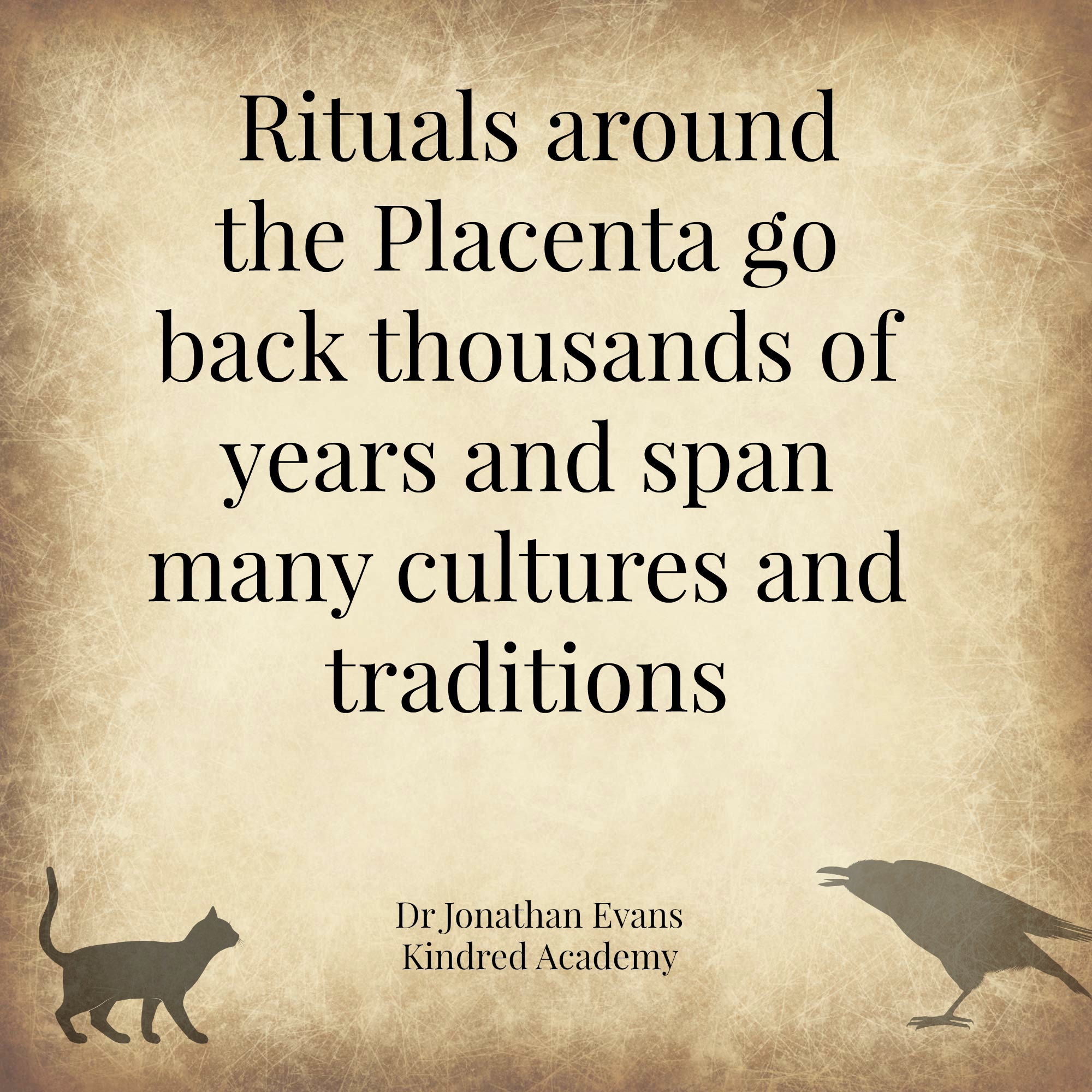
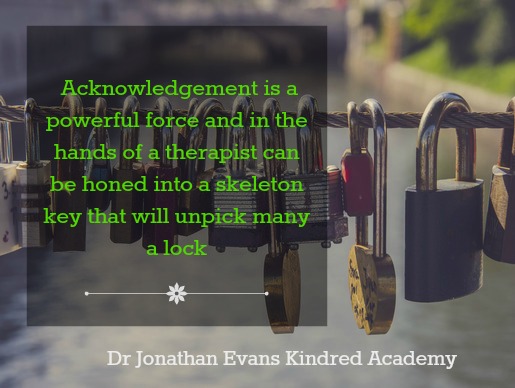
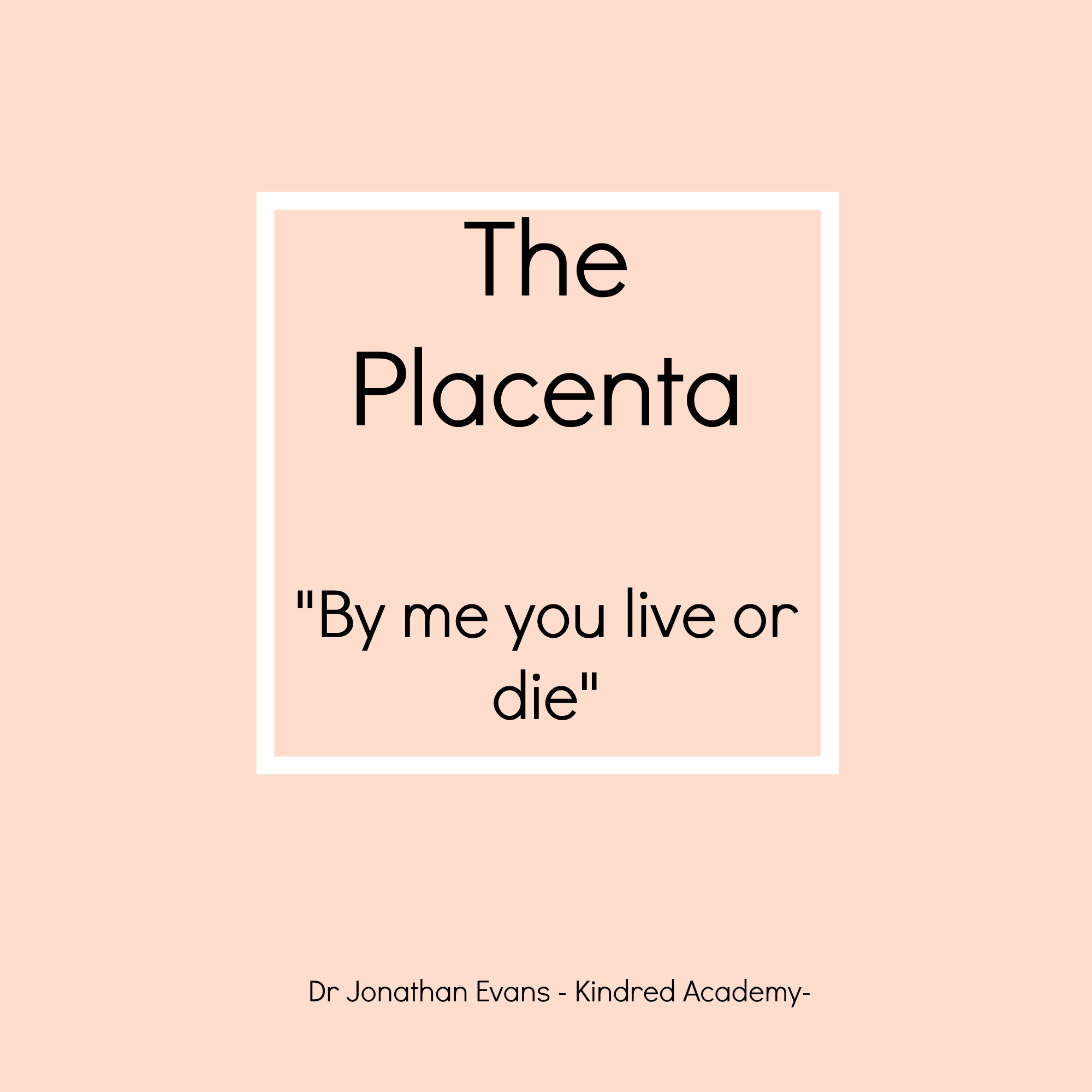
.jpg)
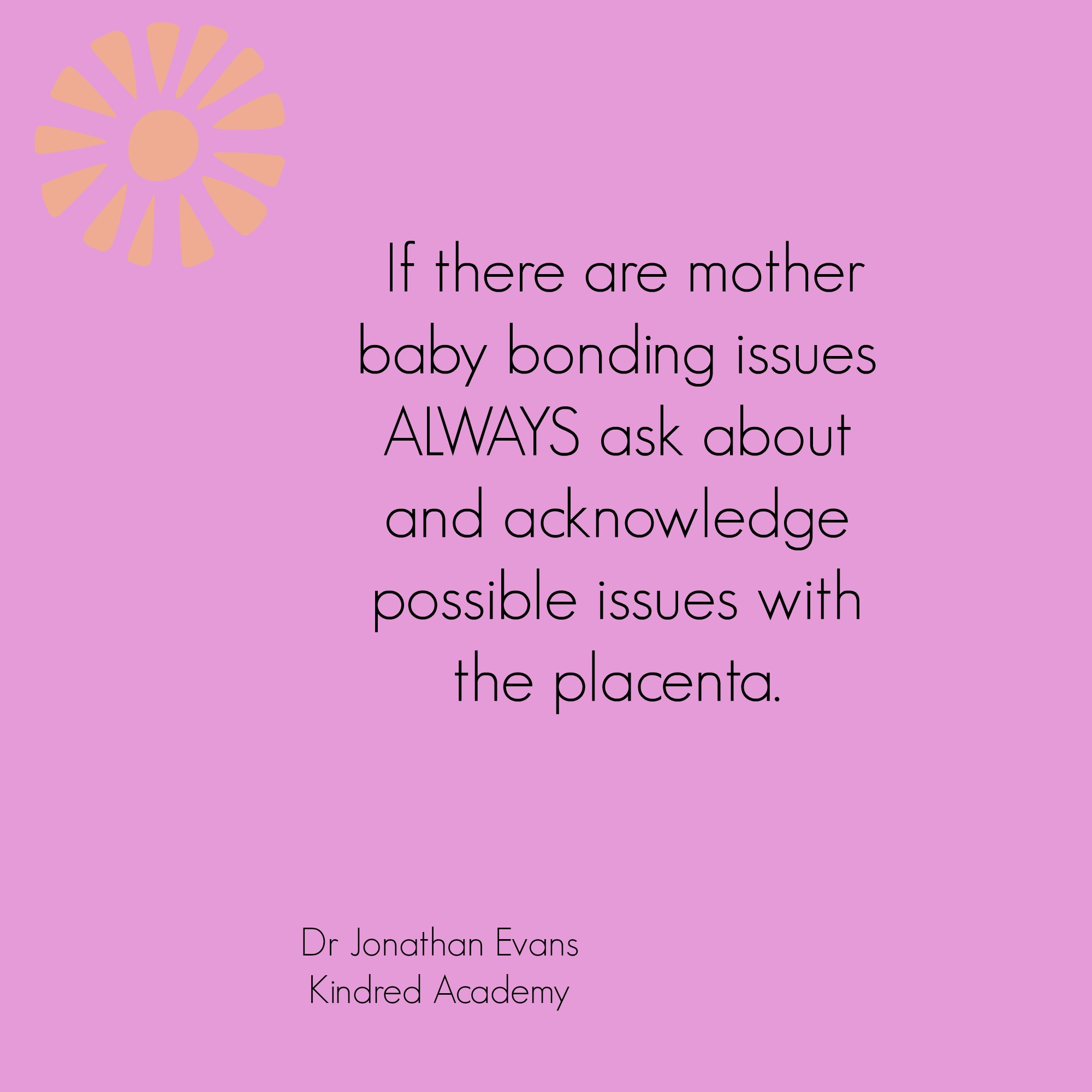
FULL TRANSCRIPT
First off, a big thank you if you're watching this video because it means that you're interested in treating babies or you are in fact treating babies, and that's really important because there's far too few practitioners working in this field, and it's an area that we need to expand because it's an area where we can make a really big difference in terms of people's health in the world.
Today, we're going to talk about placenta and the delivery of placenta and, in particular, how that influences baby rather than how it influences mum, because obviously it does influence mum as well.
I have seen a lot of babies that are unsettled and unhappy if there's been an issue with placenta, so we're going to explore that topic, but before we do that, a little bit of a warning. Some of what we're going to talk about in this video, may be a little speculative. First off, this is not health advice. This is for entertainment purposes only, and it's to get you thinking about a subject and get you exploring the way that you may treat babies. Do not take anything I say as gospel. Just take it as thought-provoking.
With that in mind, let's talk about placenta. The placenta is obviously the last physical connection of baby to mum before we cut that cord and baby is physically out in the world on their own. Often people think about baby and mum not really being separate until the age of 1 as baby isn't quite sure where the distinction or separateness is between their body and mum's body is until about that age of 1 and then there's that definite distinction between mum and baby, and we see different characteristics and behaviours at that age.
When we go back to those early weeks and months, then the bonding between mum and baby is significant, very significant, and influential for health throughout a baby's life and all the way up into adulthood. I've always been interested in this area of bonding, and one of the things I've seen is that when there's been an issue around placenta, in terms of retained placenta or some kind of problem around placenta then it seems to correlate with unhappy, unsettled babies. Now, again, this is not evidence-based medicine. This is just something I've seen through treating many babies over many years.
There's one particular case, I remember this as it was the first time this really made a difference in treatment. It was quite a few years back, and I was treating a baby. Baby came in, about 4 weeks old, very unsettled, and mum had brought baby in because baby was very unhappy. I had treated a number of times, and we didn't really get where I wanted to get. I was pretty unhappy with progress, and then, I think fifth or sixth treatment, I said to mum, "Oh, how's your week been?" She said, "Oh, not very good. I've been in hospital." I was, "What, are you okay? What's going on?" Anyway she had been in hospital for retained placenta, and I think this was probably about 6 to 8 weeks after birth. It was a while ago I treated, so I forget the exact details of the case, but it was surprising because normally, if you had an issue with placenta, it would come much earlier and be dealt with much earlier, but there was this retained placenta, and she needed an operation to remove that, to clear that out.
When we then talked about that and I did some work around acknowledgement - around that for baby and for placenta and retained placenta, baby suddenly started to shift and started to change, and then the other work that we needed to do progressed really nicely. There was this definite distinction between the before and after, and it was linked, in my mind, to this issue around placenta. That made me think about that whole issue and possibly what was going on there.
It also tied in very much with my own experience in terms of my own children, because my wife is Maori. She's from New Zealand, the indigenous culture in New Zealand, and there's certain practices around placenta with regard to that. One of them is that you don't have the placenta incinerated. The hospital doesn't keep it. You take it home. We put it in the freezer. Otherwise, it gets a bit smelly, but it went in the freezer, and then we took the placenta up to the ancestral land where Charlotte is from, and we buried the placenta on the ancestral land. We did that for both our boys, and that was a really nice ceremony. It was just us, the family, but it's was a big deal in terms of significance. I was thinking, "Oh, okay. Well, there's definitely something about that." I grew up in the UK so there wasn't any practices like that at all.
Why do we develop practices like this? Is it superstition or is there something more to that? If you look at other practices around lotus birth, of letting the cord pulse and come to a stop on its own rather than cutting it straight away, and even other practices, such as people that keep the umbilical cord and use it for homeopathic remedies. Now, you might think that's a little bit far-fetched, but hang on. We're also saying, "Keep some of the stem cells from the umbilical cord because we want to use them later on in terms of medical science, Western medical science. These things start to merge and start to show some significance around those tissues, around what is happening there.
It got me speculating around this topic, my own personal conclusion, which is for entertainment purposes only I will just say, speculative purposes only! Is that if there's some kind of retained placenta or issue around placenta, then baby got a bit confused. Now, was it because their last physical connection to mum partly was incinerated and then partly was still retained inside mum, which is very different to the whole placenta being gone completely or being buried, which has a closure to that. You know, there's a bit there and a bit over here, or a bit gone and a bit still in mum.
It seemed to mean there was a little bit of issues going on in terms of bonding, and so I started to work with babies around this and started to do acknowledgement techniques around that, and it seemed to really settle and help baby, and it's something that's easy to do. You don't have to make big claims about it. You know, people can say, "Oh you're claiming this or claiming that." All I'm saying is encompass this within your work. Think about that when you treat, and you may see some really nice changes.
That's my little spiel on placenta, and I hope that's been thought-provoking for you and will get you thinking about different ways to treat.
My two takeaways from this little video are:
1. Always ask about placenta during history, and always come back to it in terms of what's going on.
As we move down 6 weeks, 8 weeks, 12 weeks along, we may find that there's issues going on all this time with mum, because mum's emotional state, not just around placenta but around everything, is significant to baby, so always check in. "How's your week? Anything going on?" have they been in hospital, has there been an issue, or they've had mastitis etc. They may not tell you these things. We think they're significant, and you think, "Oh, it's obvious. Someone would tell you," but not necessarily, so you want to draw this stuff out with history. Always redo history, redo history, continually redoing history.
2. Do some work around placenta. Add it in to what you're doing in terms of acknowledgment techniques, in terms of thinking about it. Even just thinking about that and acknowledging when your hands are on baby, you're hands are on the tissues and thinking about placenta and cord and what happened with cord and was cord cut and was there any trauma around that? Emotional trauma can often lead you into really good success in terms of getting somewhere with a patient with a baby when you haven't otherwise done so.
Hope you enjoyed the video. Keep treating those babies as you're doing really great work that is really needed, and any questions, please just fire them back to me.
If you liked this video and you'd like to receive more free videos and more free training like this one, then just go to our website, www.kindredbe.com. There you can enter your email so we can send you these videos regularly so that you don’t miss any of them. Also, you see other free videos up there, as well. For example, there's a training course up there at the moment, a free video course on treating the pelvis. In fact there's lots and lots of information up there on the website about treating babies, about treating adults, treating in general, and I think you'll get a lot of value from that website.
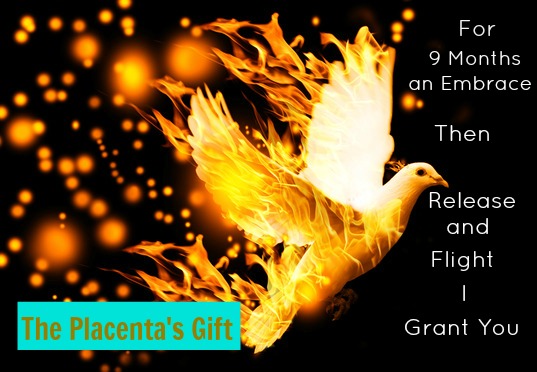
.jpg)
